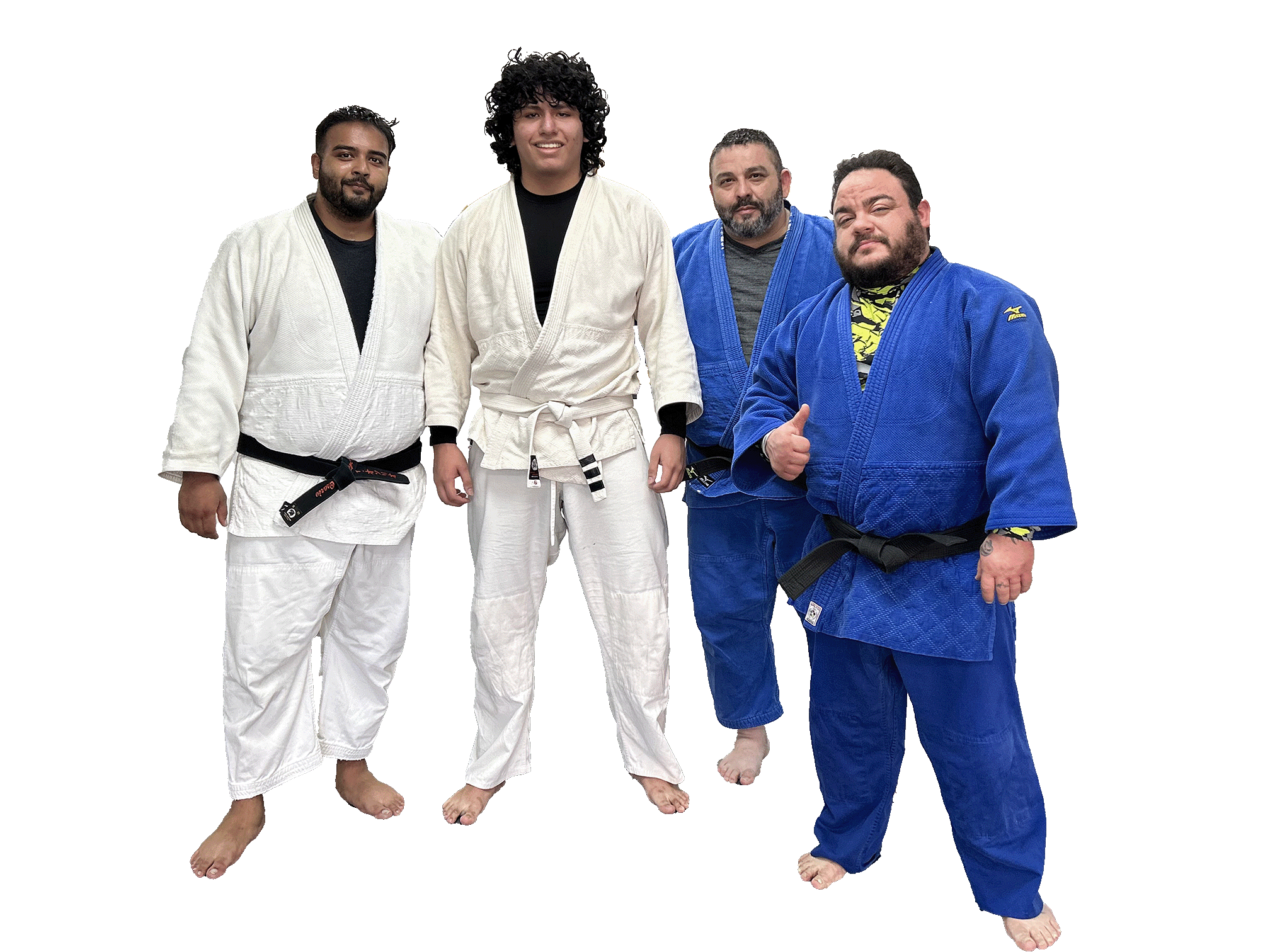Some martial artists embark on a lifelong journey through a variety of styles. For many, in the United States in particular, that journey begins with Tae Kwon Do. Parents used to enroll their children primarily for purposes of self-defense, but over the years, more and more value has been attached to the character-building aspect of Tae Kwon Do.
However, in recent years, Brazilian Jiu-Jitsu schools have been growing in numbers. While BJJ may have once been a style that many young TKD students graduate to, the two have become equal, yet different, options for prospects and their parents. Whether TKD is your first style, or vice versa, it helps to know the difference.
Origins
It is common knowledge that the origins of Brazilian Jiu-Jitsu lie in ancient Japan. But did you know that the origins of Ju-Jitsu are believed to trace back to ancient monks of India? The modern style, however, started in the Sengoku period of Japan around the beginning of the 15th century.
The samurai will forever be associated with the sword, but what did these ancient warriors rely on when they found themselves unarmed? The answer is early Japanese jiu-jitsu. Their restrictive armor made it necessary to engage in close combat, with plenty of locking, throwing and strangling techniques. However, they also trained in striking martial arts, such as karate, which influenced Tae Kwon Do.
Jiu Jitsu eventually spawned several other styles, including Judo, which was created by Jigoro Kano, and was the basis for Brazilian Jiu-Jitsu. One of Kano’s students, Mitsuo Maeda, passed his knowledge on to the legendary Gracie family. These teachings evolved into the form of BJJ practiced by millions of people today.
Taekwondo is the national martial art of Korea, an Olympic sport that emerged from the country’s turbulent history with foreign invaders, such as Japan. Following World War II, Korea regained its independence from Japan, and its president, Syngman Rhee, applied a form of self-defense dating back to the ancient Korea, to the training of the South Korean army. Finally, in 1973, the World Taekwondo Federation was formed, which was partly responsible for the sport’s surge in popularity around the world.
Techniques
The basic distinction between Tae Kwon Do and Brazilian Jiu-Jitsu is that the former focuses on kicking techniques while the other is more of a grappling martial art. BJJ involves a variety of submissions and takedowns. This includes joint locks, such as arm-bars, kimura, shoulder locks, and foot locks. There are choke holds, such as the rear naked choke, guillotine choke, triangle choke, and lapel chokes if you are wearing a Gi. Takedowns and throws borrowed from judo and wrestling are employed to force an opponent to the ground.
Taekwondo generally teaches a variety of kicks and punches but competitive TKD is almost entirely kicks. Blocks, punches, and ridge hands are used to set up front kicks and sidekicks, which are used to keep range and strike an opponent from a distance, or roundhouses, which are snapping kicks that strike the side of an opponent’s face or body with the instep of the foot. The most powerful kicks are spinning/jumping kicks which use momentum to deliver devastating attacks.
Philosophy
Both Brazilian Jiu-Jitsu and Taekwondo adhere to philosophies with their own basic tenets. The principles of BJJ are community, humility, empathy, and selflessness. Practitioners form a community and support one another, on and off the mat. They are taught to be humble and respect the abilities of others. By being aware of how their partners are feeling, they can help one another to constantly improve. This adds up to a sense of selflessness, a most admirable trait that puts others before oneself, to help those in need.
The five tenets of Taekwondo are self-control, perseverance, courtesy, integrity, and indomitable spirit. TKD practitioners take responsibility for their own actions. They set their mind on a goal and do not stop until they achieve it. Behavior toward others is based on respect, with an inner sense of right and wrong. Students of Taekwondo have the courage to stand up for what they know is right, no matter what.
Both martial arts are forms of unarmed combat, though in many TKD dojos, weapons are added to the curriculum. Both types of schools award students colored belts that signify rank, with black belt being the ultimate achievement. Your best bet, when deciding between the two, is to sample both, and attend an introductory class. The decision is win-win, as practicing either martial art will only lead to self-respect and self-actualization.

